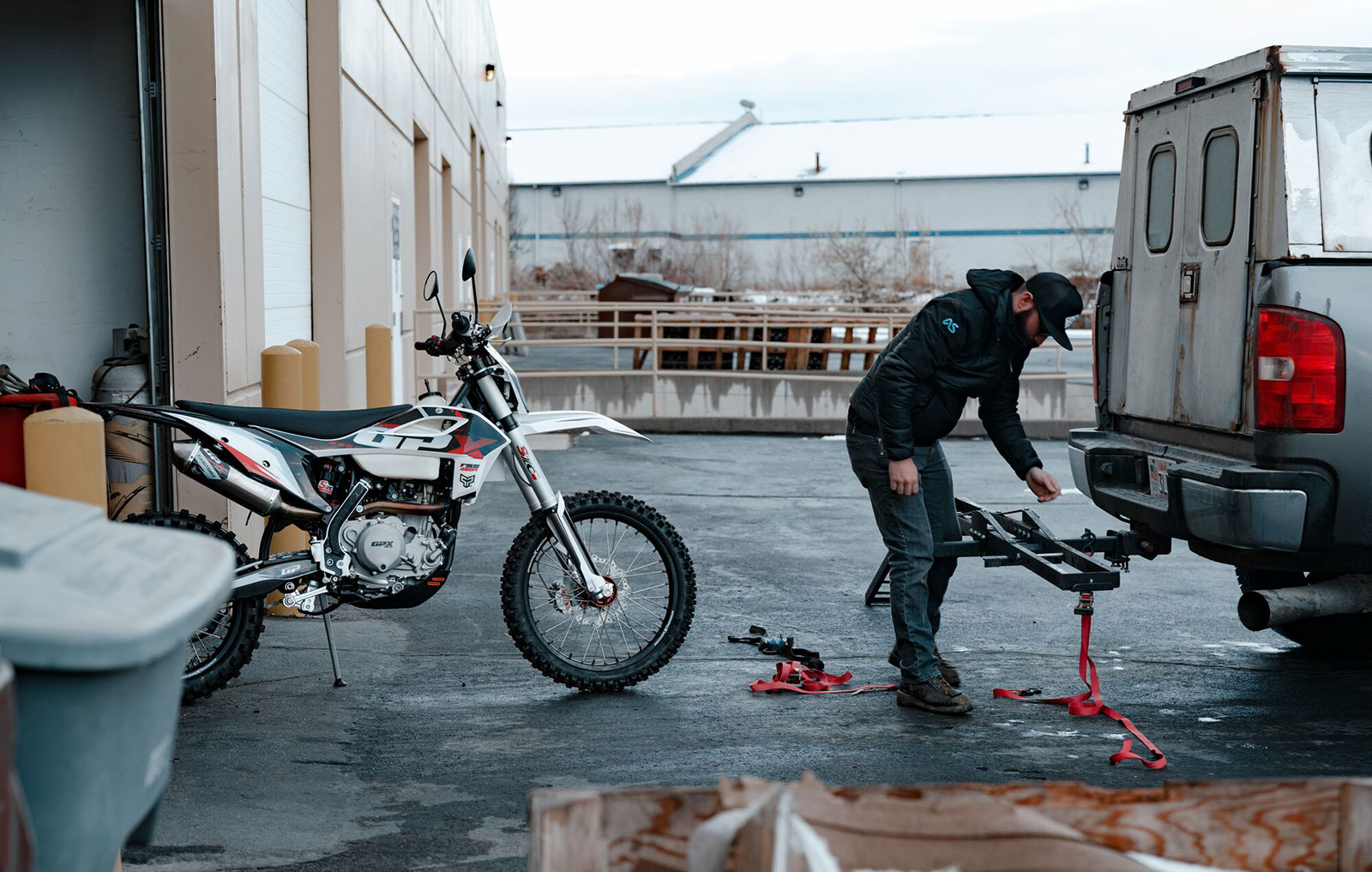How to Prepare Your Off-Road Bike for Seasonal Use
Riding off-road is one of the most exhilarating ways to experience the open outdoors. Whether you love cutting through muddy trails, gliding over sand dunes, or exploring rocky terrain, your bike is your best companion. But as the seasons change, so do the demands on your machine. Preparing your off-road bike for seasonal use ensures safety, peak performance, and longevity — no matter what conditions you face.
Below, we’ll walk through a complete guide to getting your off-road bike ready for the season ahead — from inspection and engine tuning to suspension adjustment and proper storage.
A Complete Pre-Season Inspection
Before you start the new riding season, give your bike a full inspection to identify potential issues early. Think of it as a pre-ride health check. Begin by examining the frame for any cracks, dents, or signs of rust, especially around welds and stress points. A strong frame ensures the rest of your bike performs as intended.
Next, look at your suspension. Check for fork seal leaks and test for smooth compression and rebound. The wheels and tires deserve special attention, too. Inspect the tread for wear or dry rot and make sure the spokes are tight. A worn or damaged tire can quickly ruin a day on the trail.
Don’t overlook your chain and sprockets. They endure heavy use and require regular cleaning and lubrication. Tight links or worn teeth can cause slipping or noise. Finally, test your throttle, clutch, and brake levers to make sure they respond smoothly. If you’re unsure where to start or want a professional inspection done before the season begins, Brinson Powersports of Corsicana offers expert off-road bike service and maintenance to ensure your ride is in peak condition. Keeping a detailed maintenance log can also help track these checks, making future maintenance easier and more consistent.
Tuning the Engine for Seasonal Conditions
Your bike’s engine reacts differently depending on the temperature, humidity, and altitude — all of which shift with the seasons. Preparing it properly ensures consistent performance. Start with a fresh oil and filter change, using oil viscosity that matches the season. Lighter oils work better in cold weather, while heavier oils suit hot summer rides.
Clean or replace your air filter to keep dust and debris from reducing engine power. If the filter looks clogged or oily, swap it out before your first ride of the season. Spark plugs should also be inspected and replaced if fouled, as clean plugs provide reliable ignition and better fuel combustion.
Finally, drain any old fuel from your tank and carburetor. Fuel left sitting for months can turn stale and clog injectors. Refill with high-quality gasoline and consider adding a fuel stabilizer if your bike will sit unused for periods between rides. With these steps, your engine will fire up easily and deliver optimal performance throughout the season.
Adjusting Suspension for Terrain Changes
Off-road conditions vary dramatically from one season to another. Muddy spring trails demand a softer suspension for better grip, while dry, compact terrain in late summer benefits from a firmer setup for precision and stability. Adjusting your suspension accordingly can make a major difference in control and comfort.
Set the sag based on your body weight and riding gear so that the suspension compresses the right amount under load. Then fine-tune your compression and rebound settings. Softer adjustments provide better traction in loose terrain, while firmer settings enhance handling on harder surfaces.
If you notice your suspension feels too soft, bouncy, or unresponsive, check the fluid levels or have the system serviced. Regular maintenance of the forks and shocks helps maintain consistency and prevents long-term wear, especially in areas like Texas where temperature changes can affect oil viscosity and performance.
Lubrication and Protection Essentials
Seasonal preparation isn’t only about adjustments — it’s also about protection. Dirt, dust, and moisture are constant enemies of moving parts. Start by thoroughly cleaning your chain, removing any old oil or grime, and applying a fresh coat of lubricant. Avoid over-lubing since excess oil attracts dirt and forms abrasive buildup.
Lubricate your control cables and pivot points such as levers, pedals, and stands. This prevents rust and ensures smooth operation. Inspect your bearings in the wheels, steering head, and swingarm to make sure they move freely. If they feel rough or tight, they may need to be cleaned and re-greased.
Finally, protect your bike’s bodywork and rubber parts with a silicone-based spray. It keeps plastic panels shiny, prevents fading, and guards rubber components against cracking caused by sun exposure or heat. These small steps go a long way in preserving your bike’s look and function year-round.
Smart Storage for the Off-Season
If you don’t ride year-round, proper storage is just as important as active maintenance. Many riders overlook this step, which can lead to corrosion, electrical issues, or battery failure. Start by giving your bike a thorough wash to remove mud and grease that can trap moisture. Dry it completely to avoid rust in hidden spots.
Add a fuel stabilizer to the gas tank to prevent the fuel from gumming up over time. Disconnect the battery and store it in a cool, dry place, ideally connected to a trickle charger to maintain its charge. Elevate the bike using a stand to take pressure off the tires and suspension, and cover it with a breathable motorcycle cover that protects against dust while allowing air circulation.
With proper storage, your bike will be ready to start smoothly when the next riding season begins — no costly surprises or time wasted fixing preventable issues.
Gear and Safety Readiness
Your preparation doesn’t end with the bike itself — the rider’s gear plays a vital role in performance and safety. Inspect your helmet for cracks, worn padding, or loose straps, and remember that most helmets should be replaced every few years, even if they appear fine.
Check your riding gear for tears or worn protection pads. Gloves, boots, and jackets should fit comfortably and provide adequate protection. If you’re riding in hot weather, use moisture-wicking clothing and ensure high visibility with reflective elements. It’s also smart to carry a compact tool kit, tire repair kit, and first-aid supplies for emergencies on the trail.
Partnering with the Right Service Provider
Even with careful at-home maintenance, professional servicing can make a big difference. Trained technicians can spot issues you might miss and ensure your bike performs at its peak throughout the season. Their team understands the demands of Texas riders and offers customized solutions to keep bikes trail-ready year-round.
Final Thoughts
Preparing your off-road bike for seasonal use is more than routine maintenance — it’s an investment in performance, safety, and longevity. Regular inspections, proper lubrication, engine care, and thoughtful storage help you get the most out of every ride.
Keep an eye for more latest news & updates on Zerodevicenet!






